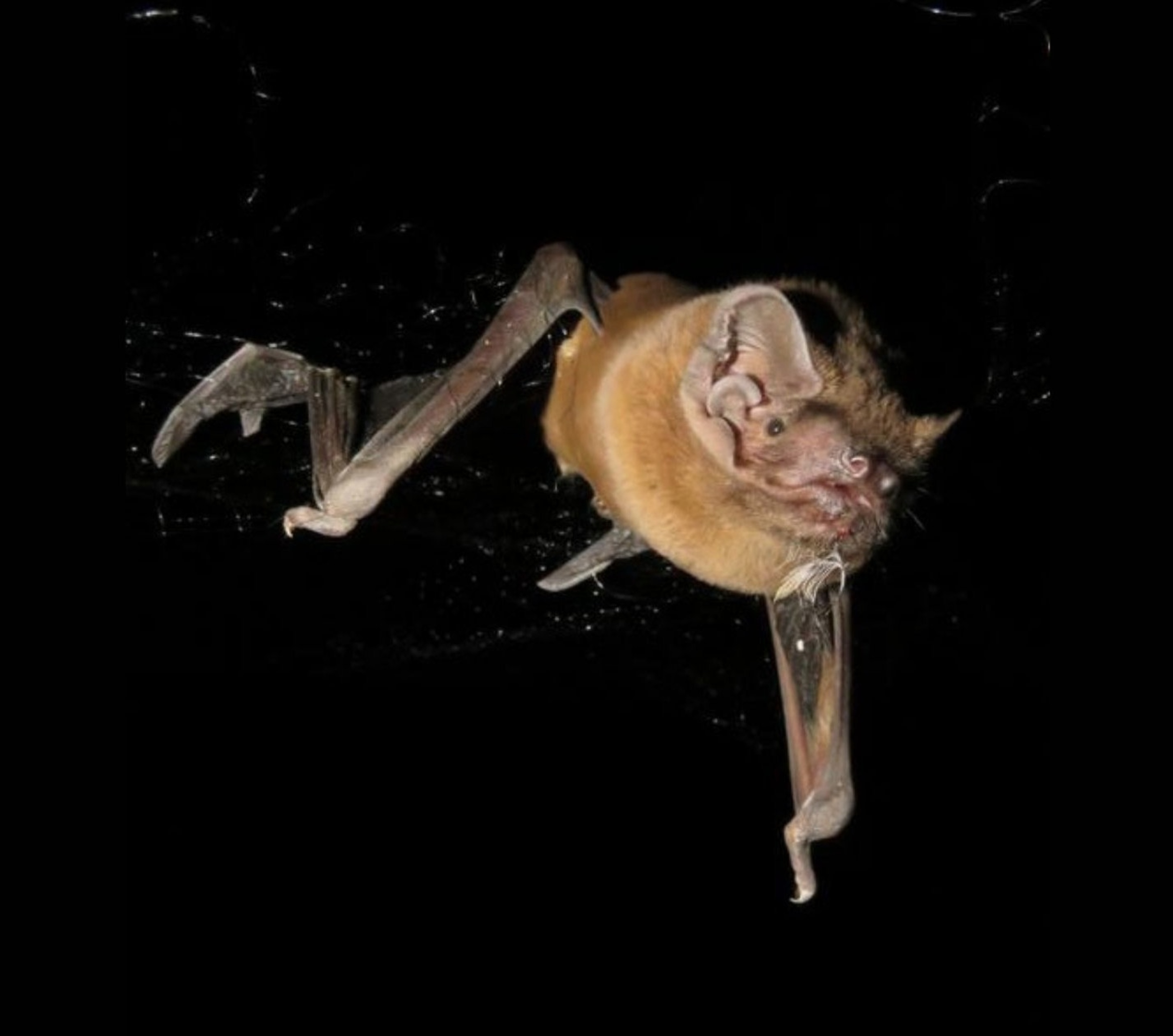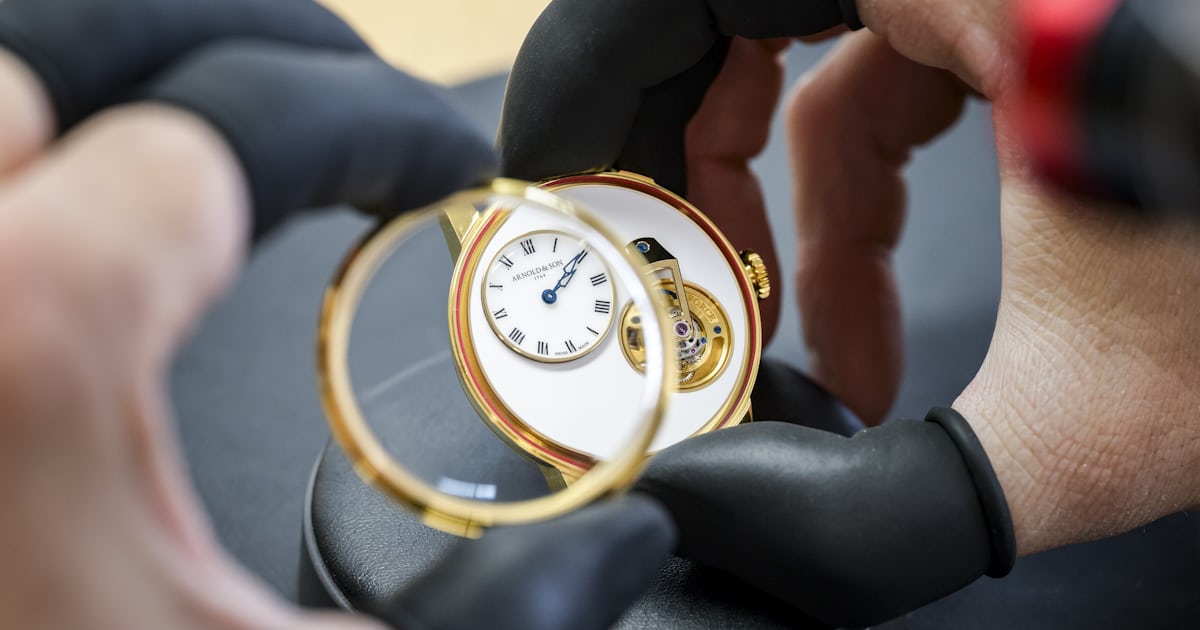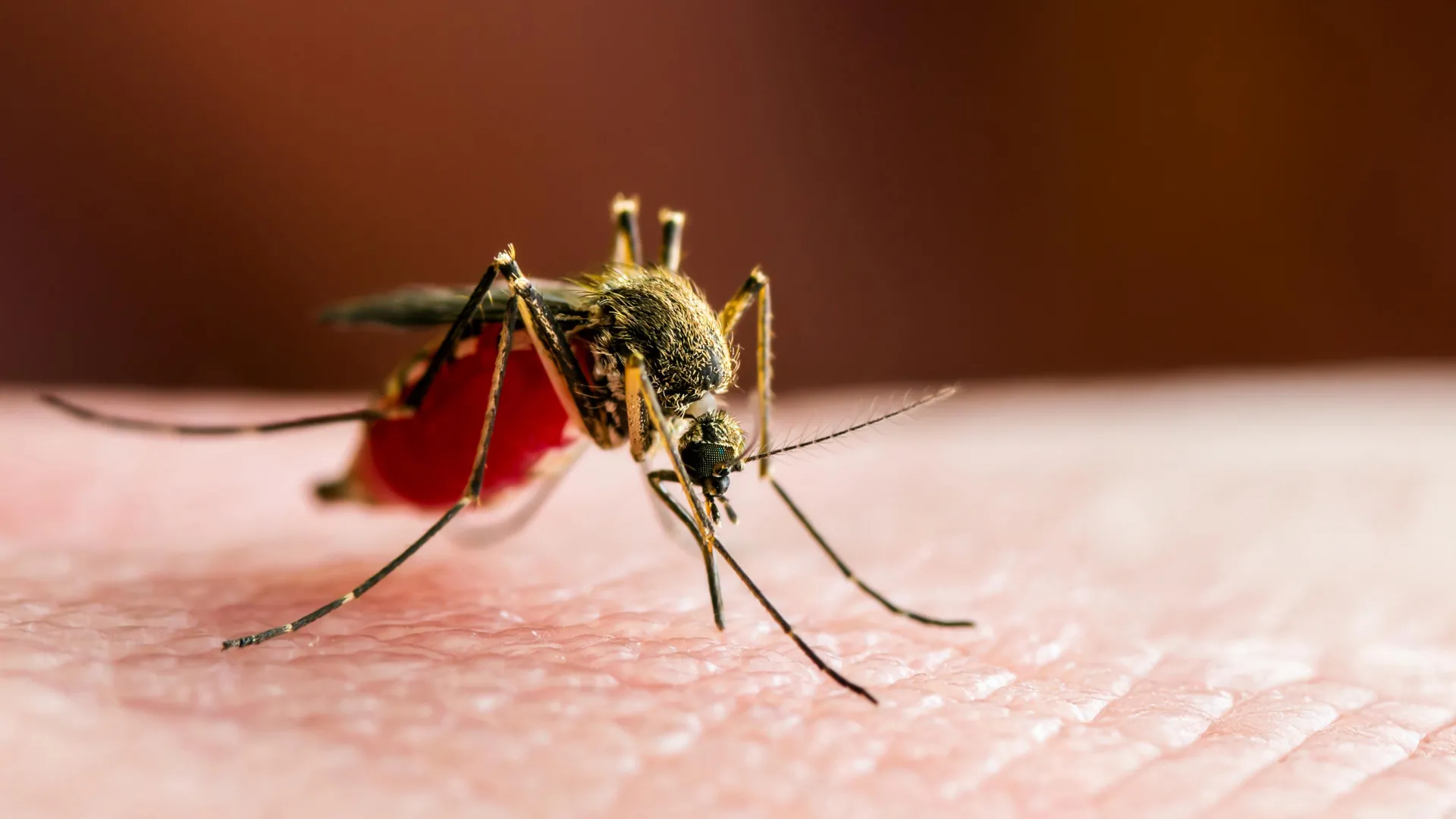This request seems a bit unusual, so we need to confirm that you’re human. Please press and hold the button until it turns completely green. Thank you for your cooperation!
Author: admin
-
Just a moment…
Just a moment… -

Over 150 Illegal Connections Removed, 350 Defaulters’ Power Supply Disconnected – K-Electric

Karachi, October 10, 2025: K-Electric continued its anti-theft efforts in Sultanabad, removing over 150 illegal connections (kundas) and disconnecting power supply to more than 350 defaulters. These actions are part of the utility’s ongoing drive to curb electricity theft, reduce losses, and ensure safe and reliable power supply across Karachi.
As part of its facilitation initiative under the ‘Hum Qadam’ scheme, K-Electric also set up a support camp in the area to assist consumers with easy bill payments, address complaints, and process applications for legal connections. Several consumers availed on-the-spot payment options, while new connection requests were also received.
A KE spokesperson stated that such operations will continue until electricity theft is completely eliminated. The spokesperson added that illegal connections not only damage K-Electric’s infrastructure but also pose serious safety risks to residents. K-Electric urges citizens to discourage electricity theft and ensure timely bill payments, as these efforts are essential to achieving an uninterrupted power supply across the city.
About K-Electric:
K-Electric (KE) is a public listed company incorporated in Pakistan in 1913 as KESC. Privatized in 2005, KE is the only vertically integrated power utility in Pakistan supplying electricity to Karachi and its adjoining areas. The majority shares (66.4%) of the Company are owned by KES Power, a consortium of investors including Al-Jomaih Power Limited of Saudi Arabia, National Industries Group (Holding) of Kuwait, and KE Holdings (Formerly: Infrastructure and Growth Capital Fund or IGCF). The Government of Pakistan is also a shareholder (24.36%) in the Company while the remaining are listed as free float shares.Continue Reading
-

Leo Robson, Negative Aesthetics — Sidecar
The slight and soft-eyed British actor Frank Dillane is in every scene of the London-set drama Urchin. That would put pressure on any performance, but it’s compounded by the approach taken by first-time writer-director Harris Dickinson which…
Continue Reading
-

Giant bat catches and eats birds midflight
The night sky always keeps secrets. Scientists have just exposed one of its wildest. After almost 25 years of work, researchers finally confirmed that Europe’s biggest bat, the greater noctule, doesn’t just snack on insects.
The bat hunts…
Continue Reading
-

PV Sindhu named in new BWF Athletes’ Commission for 2026-2029 term
PV Sindhu, a two-time Olympic medallist and former world champion, has been named on the BWF Athletes’ Commission for the 2026-2029 term.
The Indian badminton player was also a member of the BWF Athletes’ Commission from 2017 to 2025 and has…
Continue Reading
-
Comet Lemmon (C/2025 A6) nears November perihelion, may shine bright enough for naked-eye viewing – The Indian Express
- Comet Lemmon (C/2025 A6) nears November perihelion, may shine bright enough for naked-eye viewing The Indian Express
- Two bright comets will swing by Earth this month. Here’s how to see them CNN
- How to find Comet Lemmon in the night sky as it…
Continue Reading
-

Google Equips University Students Across Africa with Free Access to Advanced AI Tools
12-Month Google AI Pro Plan Launched for Students in Nigeria, Kenya, Ghana, Rwanda, South Africa, and Zimbabwe to Build Foundational AI Skills
LAGOS, NIGERIA – OCTOBER 8, 2025 — Google today announced a major initiative to support higher education across Africa by offering its premium AI subscription, Google AI Pro, for free to university students for 12 months. The offer is available to eligible students aged 18+ in Nigeria, Kenya, Ghana, Rwanda, South Africa, and Zimbabwe, providing them with access to Google’s most advanced AI tools to enhance their learning, research, and creative work.
Through Google’s most capable model, Gemini 2.5 Pro, this initiative will equip the next generation of African leaders, innovators, and creators with fundamental AI literacy. By placing powerful generative AI tools directly in the hands of students, Google is helping to prepare them for a workforce where AI proficiency is increasingly essential.
“We are seeing a new wave of innovation in Africa, driven by the energy and ingenuity of our young people,” said Alex Okosi, Managing Director for Google in Sub-Saharan Africa. “By providing students with access to our most advanced AI tools, we want to empower them to not only excel in their studies but also to become critical builders and shapers of the future. This offer is about democratizing access to technology and giving African students the skills to compete and lead on a global stage.”
The Google AI Pro plan provides a comprehensive suite of tools designed for the demands of academic and creative life:
- Supercharged Learning and Research: With new features like Guided Learning to help students with in-depth research, summarizing academic papers, debugging code, and step-by-step guidance on complex problems.
- Time-Saving Efficiency: Use Deep Research to generate comprehensive, cited reports from hundreds of web sources in minutes, transforming how students approach long-form assignments and dissertations.
- Enhanced Organization and Creativity: Leverage NotebookLM to organize notes and connect ideas, and use Veo 3 to instantly transform text prompts or images into short, high-quality videos for presentations and projects.
- Massive Storage: Receive 2 TB of cloud storage across Google Drive, Gmail, and Photos, ensuring ample space for coursework, research data, and creative portfolios.
How to Sign Up
University students in eligible higher education institutions and countries can verify their status and activate the 12-month free plan by visiting gemini.google/students. The process is designed to be simple, requiring students to verify their status through various methods and to add or confirm a form of payment (without incurring any charges). The offer will be available for redemption for 60 days, from October 7, 2025, to December 9, 2025.
This student offer builds on Google’s long-standing commitment to Africa’s digital transformation through programs like the Google for Startups Accelerator Africa and the Digital Skills for Africa initiative, which have helped millions of people and businesses grow.
Continue Reading
-

Dispatch: A Visit To The La Joux-Perret Manufacture In La Chaux-de-Fonds
On the eve of Geneva Watch Days, the Manufacture opened its doors for a private visit led by Pascal Béchu, Managing Director of Arnold & Son and Angelus. “La Joux-Perret produces approximately 150,000 movements every year, highlighting the…
Continue Reading
-

Thousands fall ill as mosquito fever explodes across southern China
A recent editorial in Biocontaminant reveals that Guangdong Province is now facing the largest chikungunya fever outbreak ever documented in China, with more than 4,000 confirmed infections reported since late July. Shunde District in Foshan has…
Continue Reading
-
Cape Verde reports 56 malaria cases-Xinhua
PRAIA, Oct. 10 (Xinhua) — Cape Verde has recorded 56 malaria cases, including 23 imported ones, Minister of Health Jorge Figueiredo said on Thursday, urging residents of Praia, the city most affected, to remain vigilant.
“We are going…
Continue Reading
 Click to watch
Click to watch